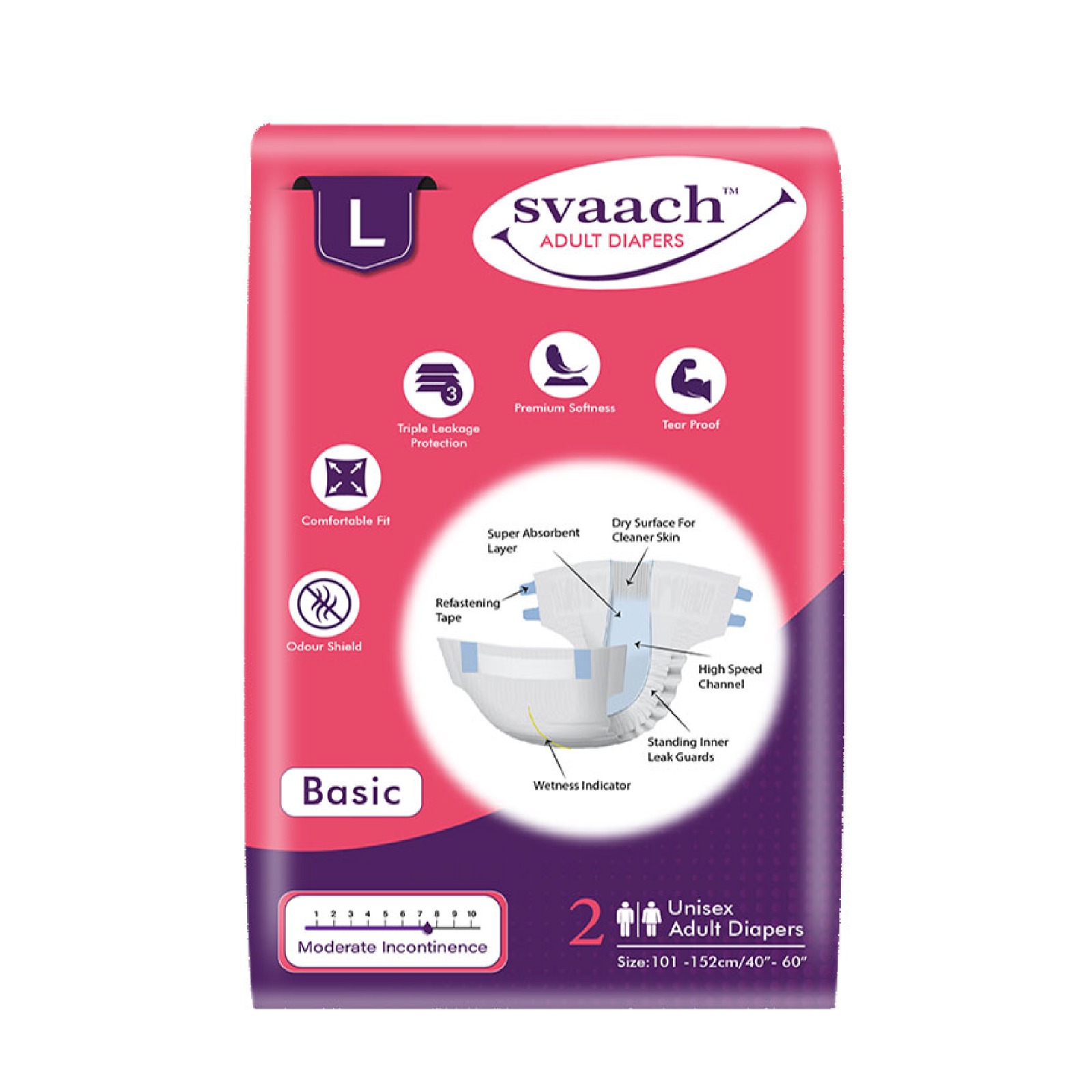Organizations worldwide have taken numerous measures to stop the spread of COVID-19 in the workplace. But, given the highly contagious nature of the virus, some of your employees may test positive in the near future.
When an employee is confirmed to have COVID-19, employers need to act immediately to ensure safety of other employees.
Do not panic if one of your employees tests positive for COVID-19. Just keep calm and follow the process. Here in this post, we will discuss the steps that you ought to take, when such a situation arises.
Ask the Employee to Quarantine
In case the COVID-19 positive employee is at work and does not require immediate medical care, ask him or her to quarantine for 10 to 14 days and consult a health care provider in the area.
Follow the guidelines issued by your local public-health authorities on when a worker may discontinue self-isolation.
Remember, even if the employee does not exhibit any symptoms, he or she may still spread the novel Coronavirus.
In some jurisdictions, employers may be required to inform local public-health authorities when their employees test positive for COVID-19. Employers should also keep record of work-related COVID-19 cases. However, figuring out whether a COVID-19 case is work-related or not, isn’t exactly straightforward.
In most cases, it is advisable not to ask the employee for a negative COVID-19 test before you allow them to return to work.
Sanitize the Area Used By the Employee
When a person infected with COVID-19 coughs or exhales, they release tiny droplets of fluid containing the virus. These droplets land on nearby objects and surfaces, such as tables, desks, counters, file folders, office equipment, telephones, etc.
Other people in the workplace could get COVID-19 by touching contaminated objects or surfaces, and then touching their mouth, eyes, or nose.
Over the last one year, several scientific studies have been conducted to study how the novel Coronavirus stays active on different types of surfaces. The virus can survive on metal, wood, plastics, stainless steel, cardboard, paper, glass, fabrics, and ceramics.
Therefore, it’s important to sanitize all areas used by the employee. If possible, vacate the area at once to minimize the risk of exposure to other employees.
Use an Environmental Protection Agency (EPA)-approved disinfectant to sanitize the work area. Carefully read the label to make sure it really meets your needs.
In case an EPA-approved disinfectant is not available, use a bleach solution.
The Centers for Disease Control and Prevention (CDC) has issued guidelines for cleaning & disinfecting areas that may be contaminated.
Develop a Communication Plan
Not just large scale businesses, but small & medium scale enterprises also need to develop a communication plan to inform other employees of probable exposure to the virus.
Be sure to maintain confidentiality. Employers need to honor the privacy of both the positive-tested worker and any other worker or customer in the close-contact list.
When you first notify close contacts, you (or your HR manager) may have to answer a lot of questions. So, it’d help if you keep a set of standard answers ready.
It’d help to be honest about the situation at hand and offer as much information as possible without violating the privacy of the infected employee or close-contacts.
You need to have a plan in place to figure out with whom the COVID-19 employee came in close contact. For instance, if a restaurant server tests positive for the virus, the restaurant manager should have a plan in place to identify and notify customers who may have been exposed to the virus.
But, what counts as ‘close contact’ in this case?
According to the CDC, an individual coming within six feet of a person infected with COVID-19 for 15+ minutes should be considered a ‘close contact.’
Physical contact (e.g. hugs & kisses) and sharing meals or utensils should also be considered as a ‘close contact.’
Address Employees or Customers Who Came In Close Proximity to Infected Employee
Whether it’s other employees or customers who were in close contact with the COVID-19 positive employee, employers should ideally seek guidance and assistance from local health authorities on who all need to self-quarantine for 14 days.
As per the CDC guidance, employers should notify all workers who turn out to be close contacts and send them home for two weeks to ensure the virus does not spread further.
Since this is a sensitive topic, it is a good idea to alert all close contacts by phone or video calls.
All ‘close contacts’ should be instructed to self-monitor for COVID-19 symptoms and get themselves tested with rapid COVID-19 test kits or seek medical attention, if necessary.
The CDC has issued alternative guidelines for organizations that employ people in critical infrastructure. In a business organization that supports essential services, it may not be necessary to send workers exposed to a confirmed case of COVID-19 to home quarantine if they are asymptomatic.
When in doubt, consult an employment lawyer for guidance.
Act with Empathy
The first thing you need to do is to make sure that your employee is doing fine. Even if they are asymptomatic, chances are their mind is full of the fear of uncertainty.
The two weeks’ time frame can be very stressful for some people. So, employers, supervisors, or HR managers need to act with compassion toward any employee who tests positive for COVID-19.
Find an appropriate moment to console the employee and let them know that you are there for them. Offering to reduce workload (in case of a work-from-home shift), helping with FMLA paperwork, or providing paid time off are some ways employers can help employees testing positive for COVID-19.
In case your business falls under the Families First Coronavirus Response (FFCRA), you may be legally bound to offer emergency paid sick leave to the infected worker. Other potentially exposed workers (close contacts) may also qualify for emergency paid sick leave. Talk to your employment attorney to find out more.





























